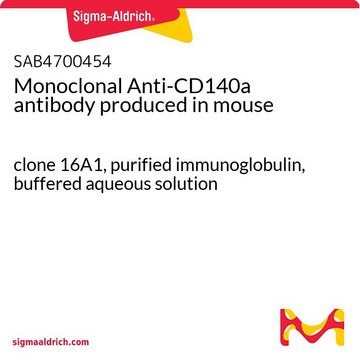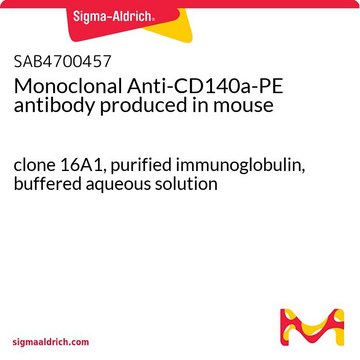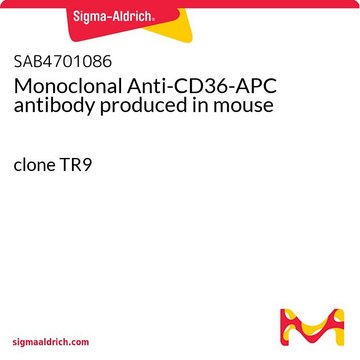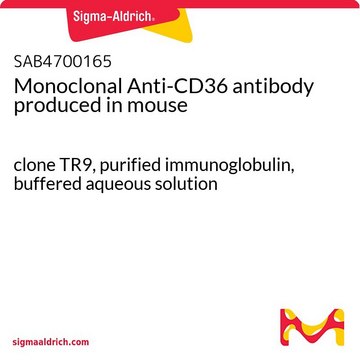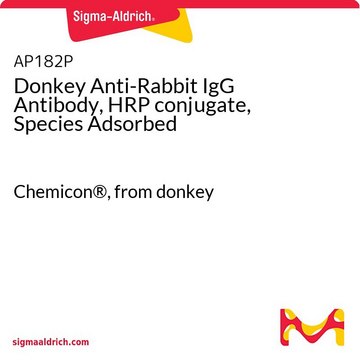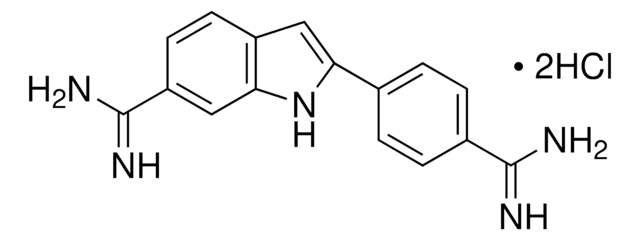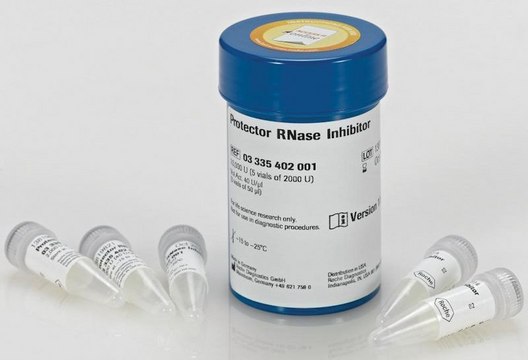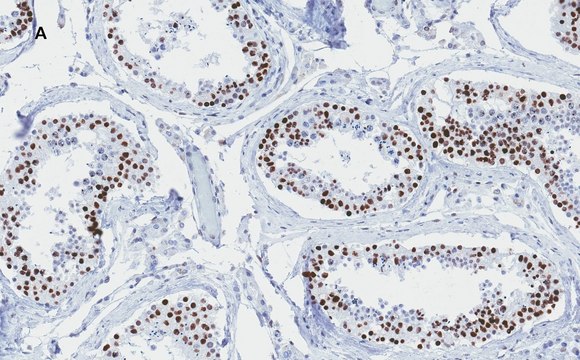SAB4700168
Monoclonal Anti-CD36-FITC antibody produced in mouse
clone CB38, purified immunoglobulin, buffered aqueous solution
Synonym(s):
Anti-GPIIIb
Sign Into View Organizational & Contract Pricing
All Photos(1)
About This Item
UNSPSC Code:
12352203
NACRES:
NA.44
Recommended Products
biological source
mouse
Quality Level
conjugate
FITC conjugate
antibody form
purified immunoglobulin
antibody product type
primary antibodies
clone
CB38, monoclonal
form
buffered aqueous solution
species reactivity
human
technique(s)
flow cytometry: suitable
isotype
IgG1
NCBI accession no.
UniProt accession no.
shipped in
wet ice
storage temp.
2-8°C
target post-translational modification
unmodified
Gene Information
human ... CD36(948)
General description
Cluster of differentiation 36 (CD36) is an 88 kDa membrane transporter glycoprotein. It is also known as platelet glycoprotein IV or IIIb. CD36 is a class B scavenger receptor expressed in platelets, endothelial cells, adipocytes, skeletal muscle cells and monocytes/macrophages. In human chromosome, the gene CD36 is localized on 7q21.11. CD36 (fatty acid translocase, FAT) is an 85-113 kDa ditopic glycosylated protein that belongs to the class B family of scavenger receptors. CD36 is expressed by most resting marginal zone B cells but not follicular and B1 B cells, and it is rapidly induced on Follicular B cells in vitro upon TLR and CD40 stimulation. CD36 does not affect the development of B cells, but modulates both primary and secondary antibody response. Similarly to glucose transporter GLUT4, CD36 is translocated from intracellular pools to the plasma membrane following cell stimulation by insulin. In mouse, CD36 is responsible for gustatory perception of long-chain fatty acids.
Specificity
The antibody CB38 reacts with CD36 (GPIIIb), a 85 kDa integral membrane glycoprotein expressed on platelets, macrophages, endothelial cells, early erythroid cells and megakaryocytes. The antibody TR9 cross-blocks binding of FITC-labeled standard antibody OKM5.
Immunogen
Human myeloid cells
Application
The reagent is designed for Flow Cytometry analysis of human blood cells using 4 μL reagent / 100 μL of whole blood or 1e6 cells in a suspension. The content of a vial (0.4 mL) is sufficient for 100 tests.
Biochem/physiol Actions
Cluster of differentiation 36 (CD36) is a receptor for various ligands and act as a signalling molecule. CD36 facilitates the uptake of fatty acids, cholesterol, cholesteryl esters, low and high density lipoproteins. CD36 is involved in fatty acid metabolism. Polymorphism associated with CD36 increases the free fatty acid levels in plasma leading to cardiovascular disease, and hypertension. Polymorphism in CD36 causes type 2 diabetes mellitus. CD36 is a high affinity receptor, which aids in dietary fat perception in the tongue. CD36 along with Toll like receptors (TLRs) aids in internalization of Plasmodium falciparum parasitized erythrocytes. Mutations leading to deficiency of CD36 increases the severity of malaria. CD36 is an inhibitor of lung cancer and the hypermethylation of CD36 leads to cancer progression. CD36, a receptor for thrombospondin. regulates ovarian angiogenesis. High expression of CD36 is implicated in polycystic ovarian syndrome (PCOS).
Features and Benefits
Evaluate our antibodies with complete peace of mind. If the antibody does not perform in your application, we will issue a full credit or replacement antibody. Learn more.
Physical form
Solution in phosphate buffered saline containing 15 mM sodium azide and 0.2% high-grade protease free BSA as a stabilizing agent.
Disclaimer
Unless otherwise stated in our catalog or other company documentation accompanying the product(s), our products are intended for research use only and are not to be used for any other purpose, which includes but is not limited to, unauthorized commercial uses, in vitro diagnostic uses, ex vivo or in vivo therapeutic uses or any type of consumption or application to humans or animals.
Not finding the right product?
Try our Product Selector Tool.
Storage Class Code
10 - Combustible liquids
WGK
WGK 2
Flash Point(F)
Not applicable
Flash Point(C)
Not applicable
Regulatory Information
新产品
Choose from one of the most recent versions:
Already Own This Product?
Find documentation for the products that you have recently purchased in the Document Library.
The thrombospondin-1 receptor CD36 is an important mediator of ovarian angiogenesis and folliculogenesis
Osz K, et al.
Reproductive Biology and Endocrinology, 12(1), 21-21 (2014)
A common haplotype at the CD36 locus is associated with high free fatty acid levels and increased cardiovascular risk in Caucasians
Ma X, et al.
Human Molecular Genetics, 13(19), 2197-2205 (2004)
Population genetics: Malaria susceptibility and CD36 mutation
Aitman TJ, et al.
Nature, 405(6790), 1015-1016 (2000)
Association of CD36 gene variants rs1761667 (G>A) and rs1527483 (C>T) with Type 2 diabetes in North Indian population
Banerjee M, et al.
International Journal of Diabetes Mellitus, 2(3), 179-183 (2010)
CD36 and TLR interactions in inflammation and phagocytosis: implications for malaria
Erdman LK, et al.
Journal of Immunology, 183(10), 6452-6459 (2009)
Our team of scientists has experience in all areas of research including Life Science, Material Science, Chemical Synthesis, Chromatography, Analytical and many others.
Contact Technical Service